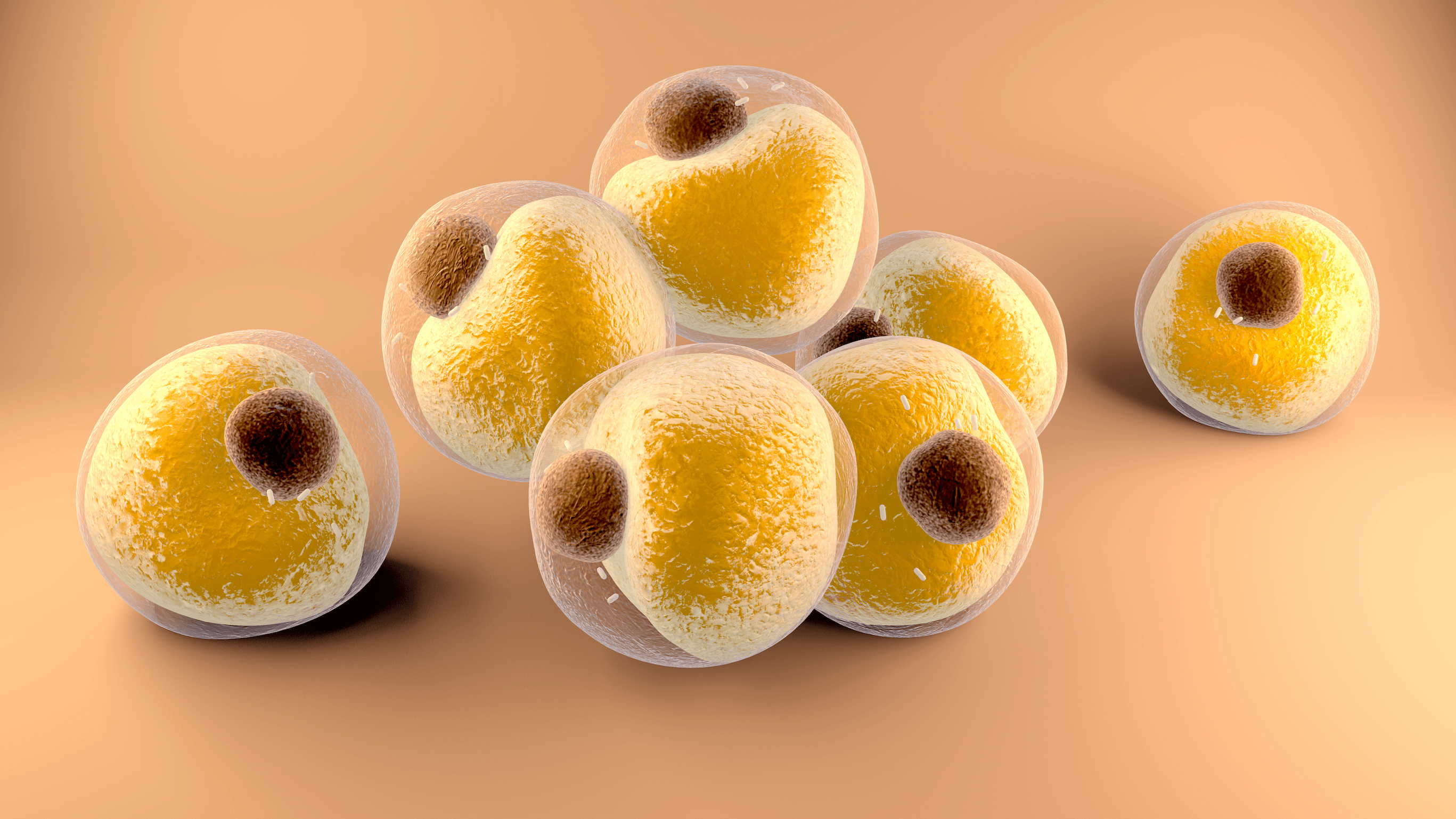Potential of Adipose-Derived Stem Cells in Regenerative Medicine
&srotate=0)
What are adipose-derived stem cells?
Adipose tissue is a connective tissue that is made up of adipocytes which are lipid-rich cells. One of the main functions of adipose tissue is to store energy in the form of fat; around 20-25% of an individual’s body weight is adipose tissue and fat. There are two different kinds of adipose tissue, one of them being white adipose tissue (WAT), mainly found in adults, and the second being brown adipose tissue (BAT), which is mainly found in newborns; WAT is also known to play a role in storing energy, while BAT generates body heat. Aside from storing energy, adipose tissue also provides the human body with cushion and insulation. In the human body, adipose tissue can be found beneath the skin, around major organs, in breast tissue, and even in the bone marrow. These adipose depots may seem trivial, but recent studies have suggested that stem cells residing in these adipose depots can be useful for many regenerative medicine applications and therapy.
Where are adipose-derived stem cells found?
The three main adipose tissue depots are visceral WAT, subcutaneous WAT, and BAT; each of these has unique cell-autonomous properties. For instance. visceral adipose tissue has been proven to induce detrimental metabolic effects, while subcutaneous WAT and BAT may provide a potential benefit to the metabolism; this is suspected to be as a result of improving glucose stability and homeostasis and increasing energy consumption. All of these different properties are important as they illustrate the potential of cells derived from these cell lines. especially regarding stem cells and their ability to differentiate and repair. Stem cells are cells that can differentiate and develop into a variety of cell types. What cell type the stem cell will differentiate into is dictated by many different factors. One of the main factors is due the environment in which they reside.
What are the applications of adipose-derived stem cells?
The two types of stem cells are embryonic and adult stem cells. Stem cells also can renew over time and they can also become specialized. Scientists have suggested that adipose tissue-derived stem cells can have potential applications in orthopedics and regenerative medicine. As a result of transplantation, adipose-derived stem cells may result in different cell lineages that could offer properties for treating a variety of diseases. Primarily, scientists have suggested that adipose-derived mesenchymal stem cells can be a good alternative to bone marrow derived stem cells for orthopedic applications for a number of reasons. One of the major benefits of using adipose-derived stem cells is that they can be harvested from fat tissue which is much less invasive of a procedure when compared to bone marrow aspiration. Additionally, adipose-derived stem cells are multipotent and can differentiate into neural cells, vascular endothelial cells, and hepatocytes, providing promising probabilities in finding new regenerative therapies for many different diseases .
In Conclusion
Adipose-derived stem cells seem to offer much promise for regenerative medicine applications although the research is not as robust as the research behind bone marrow derived stem cell injections. Overall, adipose-derived stem cells are an evolving topic within regenerative medicine with plenty of exciting new research coming into the fray.
Author: Jennifer Ramirez
Editor: Ospina Medical Team